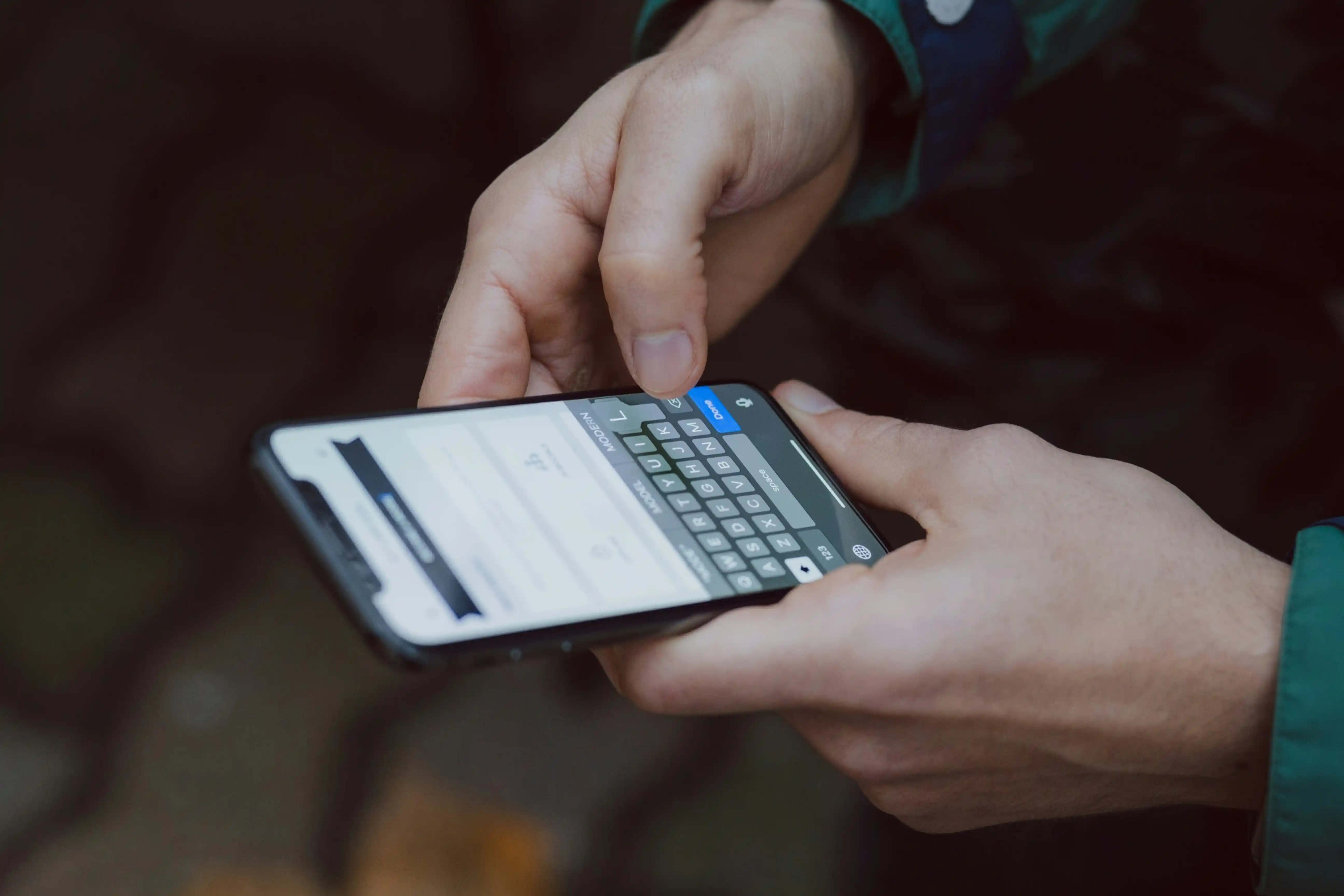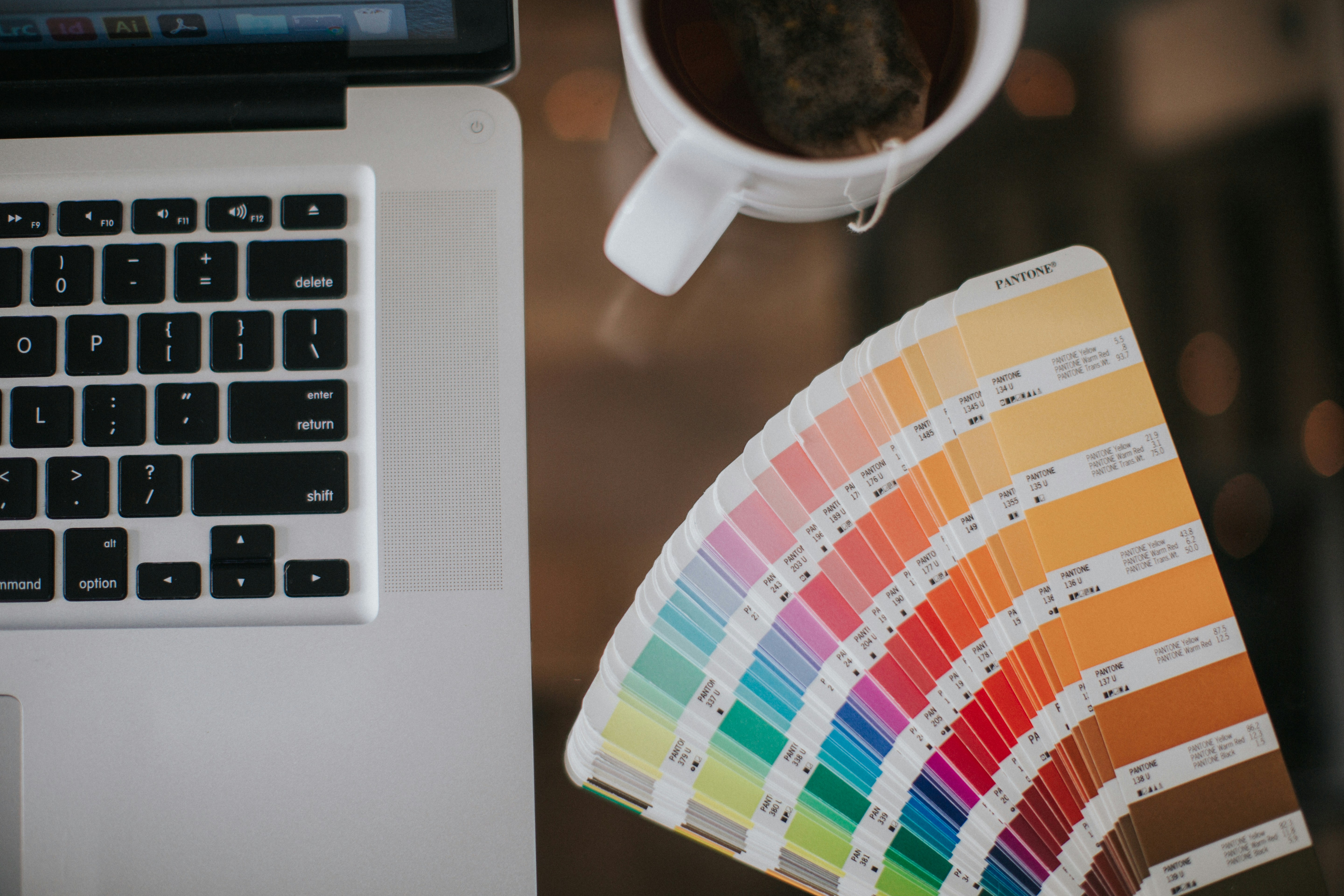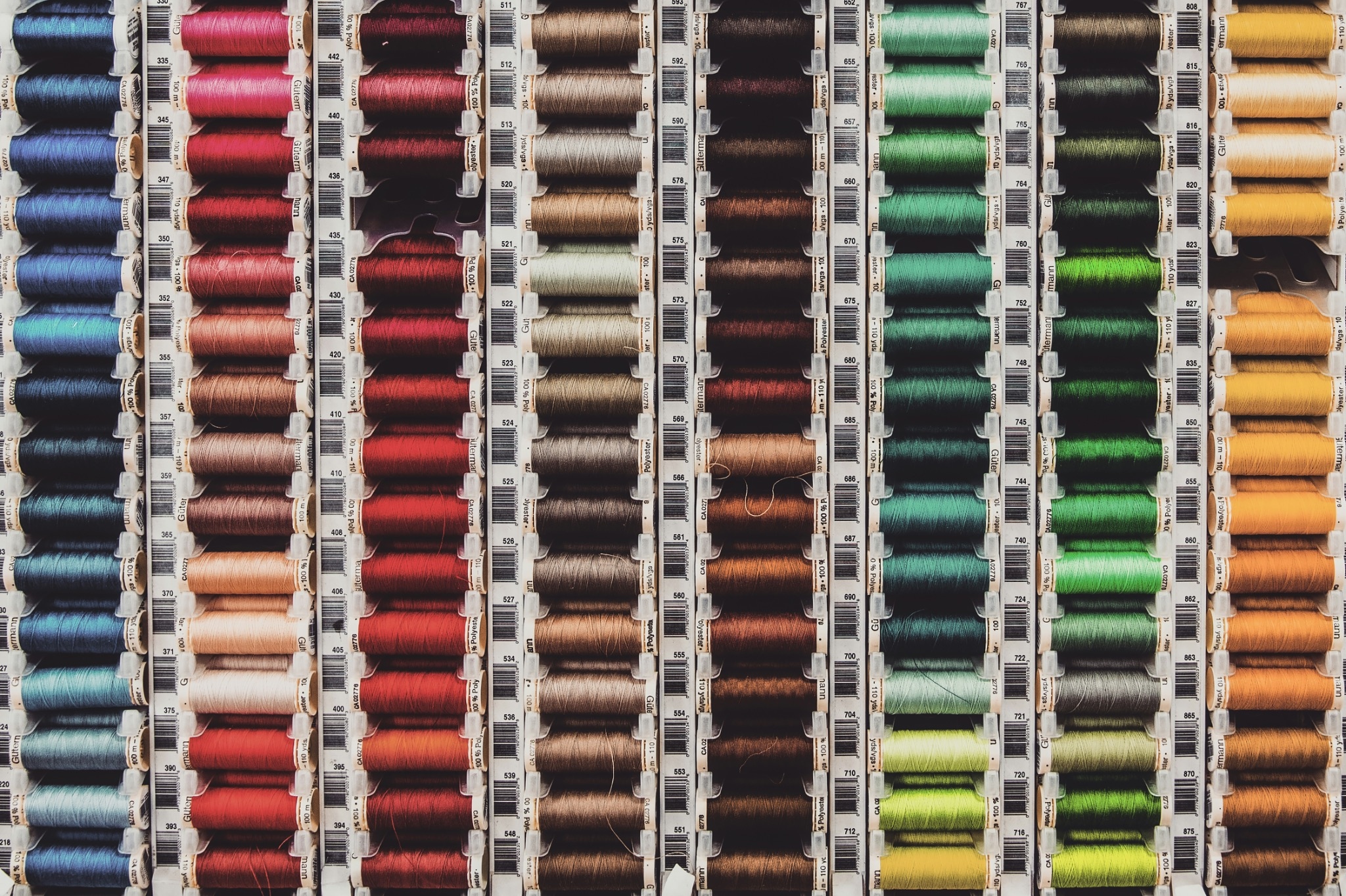How to print from your phone

How to print from your phone:
a step-by-step guide
Modern print services offer a variety of options, and one of the most popular among them is the ability to print documents directly from your smartphone. This is especially useful when you need to quickly print something from your phone without access to a computer or laptop. Let’s explore a few ways to print from your phone and where you can do it.
How to prepare your smartphone for printing
Before printing documents or images from your phone, it’s important to ensure that your printer supports mobile printing. Most modern printers come equipped with wireless features like Wi-Fi or Bluetooth. If your printer supports these technologies, you’ll be able to easily connect it to your phone.
- Wi-Fi: Many printer models, such as the HP LaserJet Pro M15w, support wireless connectivity. This allows you to send files for printing directly from your phone via your home or office Wi-Fi network.
- Bluetooth: Printers with Bluetooth, like the Canon PIXMA TR150, enable a direct connection to your smartphone, making it possible to print without a Wi-Fi network.
How to print from your phone on a printer
The steps for printing documents or images from your phone vary depending on your operating system and printer model. Let’s walk through the main scenarios.
Printing on Android
- Check Wi-Fi or Bluetooth connectivity: Ensure that both your printer and phone are connected to the same Wi-Fi network or that a Bluetooth connection is established.
- Select a document or image: Open the file you want to print using the appropriate app, such as Google Docs, Gmail, or Google Photos.
- Tap the "Share" button: In the menu, choose the "Print" option, or find it via the "Share" button.
- Choose a printer: Select the available printer from the list (printers that support Wi-Fi or Bluetooth should automatically appear).
- Adjust print settings: Set the desired options (number of copies, paper size, etc.).
- Tap "Print."
For some printers, you may need to download specific apps, such as HP Smart or Epson iPrint, which offer advanced features and customization options for printing.
Printing on iPhone
If you’re using an iPhone, the printing process is quite similar to Android:
- Check compatibility with AirPrint: Most printers, such as the HP OfficeJet 3830, support AirPrint technology, which allows you to print without installing additional software.
- Select a file: Open the document or image in the appropriate app on your iPhone.
- Tap "Share" and choose "Print": Like on Android, the print option is found within the "Share" menu.
- Choose a printer: From the list of printers, select the one your iPhone is connected to via Wi-Fi.
- Adjust settings: Select the necessary options, such as the number of copies and pages.
- Tap "Print."
Where to print documents from your phone
If you don’t have your own printer, print centers can be a great option for printing from your phone. Many print centers today offer quick and easy printing from mobile devices.
Advantages of printing at a print center
- Quality: Print centers use professional equipment that ensures high-quality prints, including color documents and images.
- Convenience: In many cities, there are print centers where you can quickly print documents directly from your phone, either using mobile apps or simply by sending files via email.
- Support for various formats: Print centers often provide a range of printing options, such as printing on specialty paper, business cards, or posters.
How to print documents at a print center from your phone
- Send the file via email: Many print centers allow you to email files directly to them for printing.
- Use mobile apps from print centers: Some print centers have their own apps, allowing you to send files for printing. Check if your chosen center offers this service.
- Connect to the print center’s Wi-Fi network: If the print center provides wireless access to their printers, you can connect your phone directly to their equipment for printing.
Examples of print centers
Four zeros: We offer mobile printing services. You can quickly and efficiently print your documents or images by sending files directly from your smartphone.
Common mistakes when printing from your phone
Sometimes issues may arise when printing from your phone, such as:
- Printer not appearing in the list: This can happen due to problems with the Wi-Fi or Bluetooth connection. Make sure both the printer and phone are connected to the same network.
- Document not printing completely: You may have selected the wrong paper format or the document settings might be incorrect. Check the settings before printing.
- App malfunctions: If you're using the printer manufacturer's apps, make sure it’s updated to the latest version to avoid glitches.
Tips for successful printing
- Always check the connection: Make sure the printer and phone are on the same Wi-Fi network or that a stable Bluetooth connection is established.
- Update your software: Regularly check for updates on your phone and printing apps to avoid potential errors.
- Use print centers for large tasks: If you need to print a large number of documents or images, consider professional print centers for higher quality results.
Conclusion
Printing from your phone has become a convenient and accessible solution for many users. Whether you're using a printer at home or visiting a print center, the ability to quickly print a document from a mobile device saves both time and effort. We hope our tips help you easily navigate the process and choose the best option for your needs.
Powiązane produkty
You might also be interested in

Designing and preparing for print: mistakes to avoid
Anyone who has ever prepared a layout for print, whether these are business cards, flyers, posters or packaging, knows that mistakes are often spotted only after the final product is received. But by then it’s already too late: you end up reprinting and spending more money. That’s why at Four zeros we created this simple, practical guide to help you save costs and avoid unnecessary stress.
1. Not setting colors to CMYK
Why does it matter? On screen, colors appear in RGB, but printing is done in CMYK. So, the question is: CMYK or RGB for print? The answer is simple — always CMYK. If you don’t switch, your project may look dull or distorted, and the colors you saw on your monitor won’t match the print.
Four zeros tip: Always prepare your print file in CMYK. If you’re working in RGB, convert before exporting, run a color proof, and only then send it to print. This also applies to vector graphics.
2. No bleeds or safe margins
Why does it matter? Without a 3–5 mm bleed, important elements risk ending up too close to the edge or being cut off.
Four zeros tip: Always add 3–5 mm bleed for backgrounds or elements near the edge. Keep key content (text, logos) at least 5 mm away from the trim line.
3. Low-resolution graphics
Why does it matter? For quality print, images must be at least 300 dpi at 1:1 scale. Low-quality or web images will look blurry.
Four zeros tip: Use high-resolution files (300 dpi or vector). If scaling up, do it carefully, or switch to vector formats (SVG, EPS). For PDFs, check quality in a graphics editor.
4. Wrong fonts or text not converted to outlines
Why does it matter? If you use custom fonts that the print shop doesn’t have, the software may replace them, changing your layout.
Four zeros tip: Either include fonts with the file (if the license allows) or, preferably, convert text to outlines. This guarantees your layout looks exactly as intended.
5. Incorrect margins and ignoring folding methods
Why does it matter? For folded leaflets or brochures, it’s important to account for the spine width and inner margins. Otherwise, text may fall into the fold.
Four zeros tip: Design with folding and spine width in mind. Check with the print shop about paper thickness and margin sizes before finalizing.
6. Lines too thin and details too small
Why does it matter? Lines thinner than 0.1 mm may not print at all.
Four zeros tip: Use lines at least 0.3 mm thick. Enlarge or simplify very fine details for reliable results.
7. No protective finish (laminate, varnish)
Why does it matter? Without protection, prints are easier to scratch, smudge, or damage. The right finish not only protects but also enhances appearance.
Four zeros tip: For frequently handled items, choose matte, glossy, or soft-touch laminate. For business cards, 3D varnish adds elegance.
8. Skipping a preflight check
Why does it matter? Even small errors (wrong color profiles, missing fonts, no bleed) can affect print quality or make printing impossible.
Four zeros tip: Always run a preflight check (for example, in Acrobat Pro) or send your file to the print shop for verification. A proof is especially useful for large-format projects or packaging.
Conclusion
Preparing for print isn’t just about visuals, it’s also about the technical details. Avoiding common mistakes ensures a clean, professional result without extra hassle.
If you want your layout to be perfect, reach out to us. At Four zeros, we take care of every detail so the final product is not only beautiful but also reliable.
Four zeros — print you can rely on.

Printing or embroidery on textiles: what’s best for your project?
Introduction
Customising clothing is a powerful way to build your brand, express visual identity, and stand out in the market. When it comes to choosing between printing and embroidery, a range of factors come into play: fabric type, purpose of the garment, budget, and the look you want to achieve. Let’s explore the pros and cons of each technique.
Machine embroidery – elegance and durability
Machine embroidery is the process of stitching a design with threads controlled by a computer. It’s considered a premium option due to its long-lasting quality and refined appearance. A growing trend is printed embroidery – a combination that merges classic printing with embroidery for a unique aesthetic.
Advantages:
✔ Durability – doesn’t fade, wash out, or wear off.
✔ Professional look – adds a sense of prestige.
✔ Versatility – works well with various fabrics: cotton, polyester, jersey, leather.
Disadvantages:
✖ Higher cost – especially for small runs or intricate designs.
✖ Limited detail – hard to reproduce small elements or colour gradients.
✖ Thickness – may feel bulky on lightweight garments.
Textile printing – colour and precision
Textile printing is the process of transferring an image onto fabric using various methods: screen printing, sublimation, direct-to-garment (DTG) printing, or heat transfer. It has gained popularity thanks to its precision and ability to reproduce complex graphics.
Advantages
✔ High detail – ideal for rendering fine elements and shadows.
✔ Vivid colours – especially effective for bold logos.
✔ Cost-effective for large runs
✔ Lightweight – doesn’t alter the fabric’s structure, ensuring comfort.
Disadvantages
✖ Less durable – the print may fade over time.
✖ Fabric limitations – not all fabrics are suitable for printing.
There are also hybrid techniques available – such as printed embroidery or embroidered print, which combine the strengths of both methods for a unique effect.
Comparison of Techniques: Embroidery vs Textile Printing
When choosing between embroidery and textile printing, several key factors come into play. Durability is one of the main advantages of embroidery — it is highly resistant to wear and washing, making it ideal for long-term use. In contrast, textile printing offers medium durability, especially when exposed to frequent washing or abrasion.
In terms of appearance, embroidery provides a raised and elegant look, giving garments a premium and professional feel. Textile printing, on the other hand, creates a flat but vivid finish, allowing for vibrant colours and a modern aesthetic.
Looking at cost, embroidery tends to be more expensive, particularly for small quantities, while textile printing is more cost-effective for larger production runs.
When it comes to detail, embroidery has limitations, especially with very fine lines or complex graphics. Textile printing excels in this area, offering high precision and the ability to reproduce intricate designs.
Finally, considering comfort, embroidery can be less comfortable on thin fabrics due to its texture and thickness. Textile printing maintains the original feel of the fabric, ensuring greater comfort for the wearer.
In summary, the choice depends on your priorities — whether you value durability and elegance, or detail, colour, and comfort.
When to choose embroidery?
- You need prestigious, long-lasting branding for uniforms or formal wear.
- You want to emphasize your brand’s status.
- The project is simple, without gradients.
- Quality matters as a company’s calling card.
When to choose printing?
- The design has fine details, shadows, or complex graphics.
- You need an economical solution for large batches.
- You value lightness and comfort in wearing.
- You’re interested in digital printing that offers precision and rich colours.
Conclusion
Choosing between embroidery and printing depends on the type of project, material, budget, and desired effect. Embroidery stands for durability and prestige. Printing offers precision and efficiency for mass production. Increasingly, combined methods are used to create unique products. If you’re unsure which to choose, contact us!
At Four zeros, we’ll help you select the best technique for your project and deliver high-quality printing and embroidery that meet your expectations.

New arrival at the Four zeros print centre: the iEcho PK0705 Digital Cutting Machine – what does it mean for your projects?
A breakthrough for short runs and prototyping
In the world of print, where speed and flexibility are key, adopting cutting-edge technology can significantly enhance the quality and efficiency of your projects.
Four zeros is proud to introduce its latest addition – the iEcho PK0705 digital cutting machine. This equipment opens up new possibilities for precision cutting, creasing, and marking, especially in small-run production and prototyping. It perfectly complements our digital printing capabilities, allowing us to deliver even the most demanding projects faster and with greater accuracy.
What makes the iEcho PK0705 stand out?
The iEcho PK0705 is an intelligent cutting system that combines advanced features with a compact design. With its automatic feeder, vacuum system, and built-in computer, the machine delivers:
- Precise cutting of various materials such as cardboard, corrugated cardboard, polymeric foam, and synthetic substrates.
- Creasing and marking, enabling the creation of complex packaging and promotional materials.
- Automatic positioning with a CCD camera, eliminating manual setup errors.
- Cutting speeds of up to 1000 mm/s with a cutting accuracy of ±0.1 mm.
Why does it matter for your projects?
- Fast production of short runs. Traditional packaging or POS material production often requires the creation of cutting dies – an expensive and time-consuming step when working with small volumes. The iEcho PK0705 solves this problem by enabling die-free production that is both fast and cost-effective.
- Unlimited prototyping. For designers and advertising agencies, the ability to quickly create a prototype is priceless. With the iEcho PK0705, you can efficiently test different versions and speed up decision-making.
- Personalisation and unique projects. In a world that values individuality, creating unique shapes and designs is a competitive advantage. The iEcho PK0705 allows you to bring even the most complex ideas to life.
Examples of applications
- Packaging: custom-shaped boxes with windows, inserts, or additional elements.
- Promotional materials: stands, displays, hang-tags, and labels in unusual shapes.
- Prototypes: fast creation of packaging models for presentations.
- Personalized products: unique solutions for marketing campaigns, events, or corporate gifts.
Why choose Four zeros?
Four zeros is a print centre focused on innovation and quality. Thanks to the iEcho PK0705, we offer:
- Fast order turnaround, especially for short runs.
- Greater flexibility in design and production.
- High quality thanks to precise cutting and creasing.
- The ability to create unique solutions that were previously impossible.
Conclusion
The launch of the iEcho PK0705 at Four zeros print centre is a step into the future and a response to growing market demands. We offer even better quality, speed, and flexibility. If you’re looking for a partner who can bring your most complex ideas to life, contact us today.
Four zeros – your ideas, our precision.
